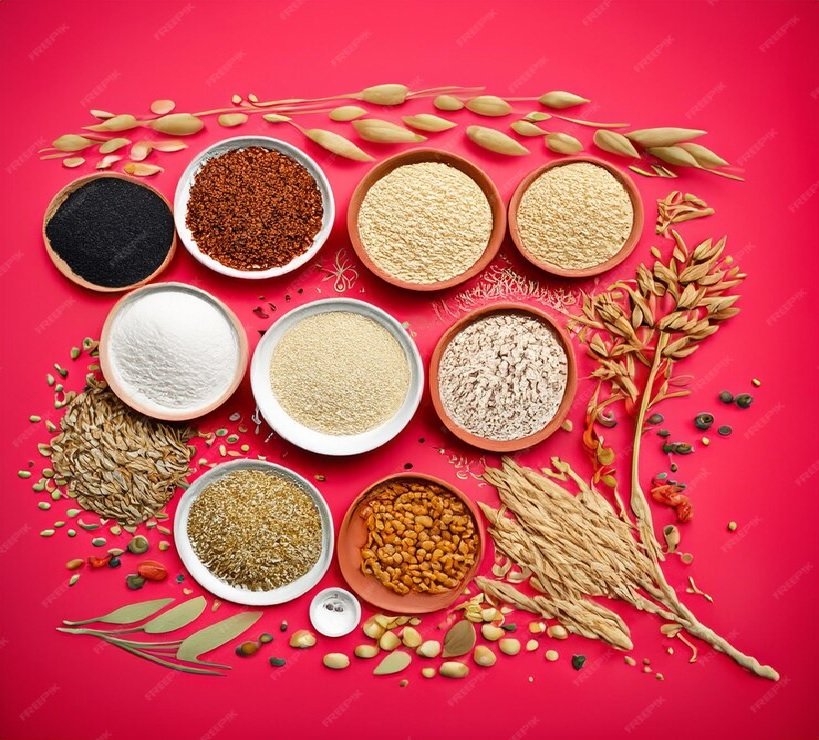28 percent of food grains are estimated to be diverted under the free ration scheme
19-Nov-2024 04:43 PM

The study you’ve referenced sheds light on significant issues regarding food grain distribution under welfare schemes like the Pradhan Mantri Garib Kalyan Anna Yojana (PMGKAY) and the Public Distribution System (PDS) in India. It indicates that about 28% of the allocated food grains (which includes rice and wheat) are being diverted away from the intended beneficiaries, leading to substantial losses.
Here’s a breakdown of key findings and implications:
Leakage of Food Grains: Out of approximately 710 lakh tonnes of food grains allocated from August 2022 to July 2023, around 28% (or 200 lakh tonnes) did not reach the intended beneficiaries. This includes 170 lakh tonnes of rice and 30 lakh tonnes of wheat.
Monetary Loss: The diverted food grains, which were sold in open markets or otherwise misappropriated, represent a financial loss of around ₹69,108 crore. This is a staggering sum, and it underscores the scale of inefficiencies within the distribution system.
Impact on Beneficiaries: While over 80 crore people benefit from the free ration schemes, the diversion means that a substantial portion of the allocated food grains never reaches those in need. This creates a supply-demand gap, potentially exacerbating food insecurity for the poorest sections of the population.
Causes of Diversion: The report mentions that there are instances where beneficiaries themselves sell their excess food grains on the open market, contributing to the leakage. Additionally, food grains might be misappropriated by local distributors or other intermediaries involved in the supply chain.
Policy Recommendations:
- The report stresses the need for tightening monitoring and accountability within the PDS to curb diversion.
- It calls for a re-evaluation of the scheme's coverage, focusing especially on the bottom 15% of the population who may be the most vulnerable and marginalized.
- It suggests that the middle-income groups (15-57% income) could be given food grains at half the Minimum Support Price (MSP), potentially creating a more sustainable model for the distribution of grains.
Policy Implications:
Strengthening Oversight: There needs to be better monitoring mechanisms, including technology-driven tracking systems, to ensure that food grains are reaching the intended beneficiaries.
Focus on the Most Vulnerable: Reconsidering the allocation to ensure that those most in need (typically the bottom 15% of the population) are not left behind or underserved is crucial.
Rethinking Subsidies: The idea of selling grains at half the MSP for certain income groups may be a way to reduce wastage while ensuring that those with moderate incomes still have access to affordable grains.
Combatting Diversion: Structural changes may be needed to prevent food grains from being diverted at various stages in the supply chain, from government warehouses to local PDS outlets.
The leakage of 28% of food grains from the system is a pressing issue that needs urgent attention from policymakers. If these issues are addressed, the efficiency of India's food security system could be improved, ensuring that more grains reach those who need them most, and preventing such massive losses in the future.
Latest News
- Canada Crop Tour 2025 Report – Source: Adroit Overseas
- क्रॉप टूर 2025 रिपोर्ट- सोर्स: Adroit Overseas
- TAMILNADU CIVIL SUPPLIES CORPORATION DAL TENDER
- Canada – Export Figures (August 2024 to June 2025)
- कनाडा - निर्यात आंकड़े (अगस्त 2024 से जून 2025 तक)
- Indonesia’s B50 Biofuel Program Facing Multiple Challenges
- इंडोनेशिया की B50 बायो फ्यूल योजना को मिल रही कई चुनौतियाँ
- Crops Damaged by Heavy Rain in Fazilka District of Punjab
- पंजाब के फाजिल्का जिले में भारी बारिश से फसल प्रभावित
- India-UK Agreement to Benefit Spice Industry
